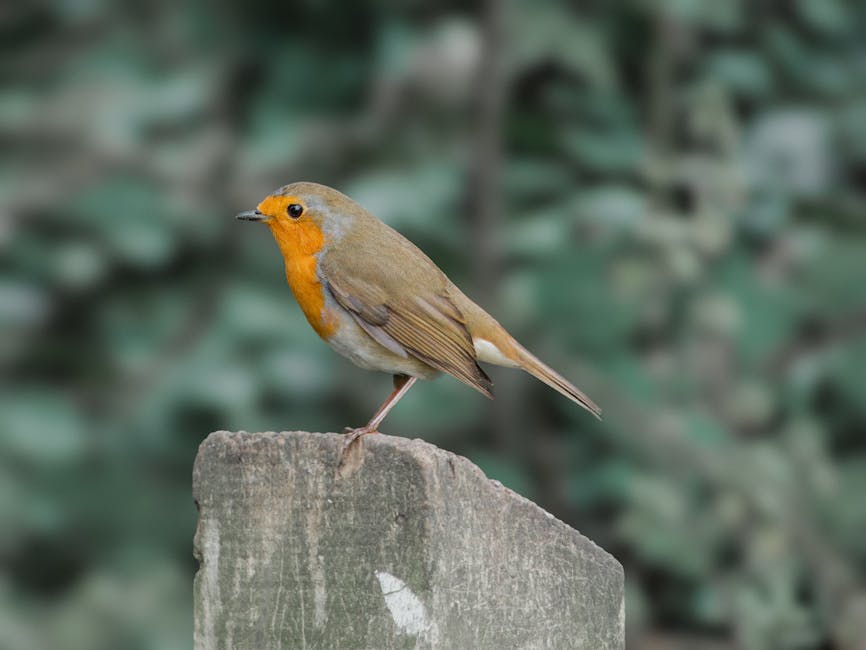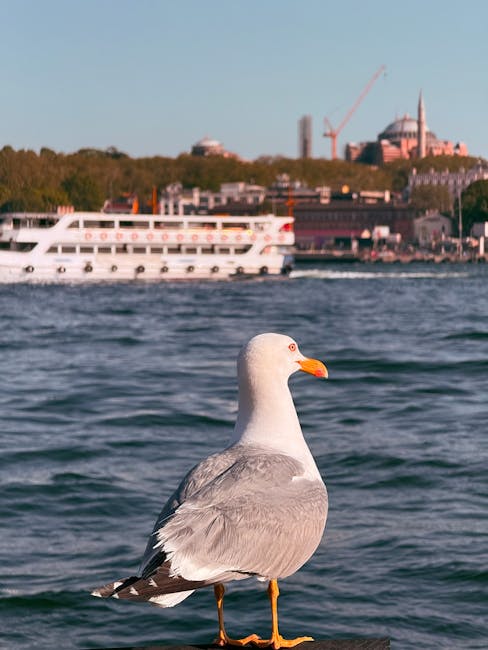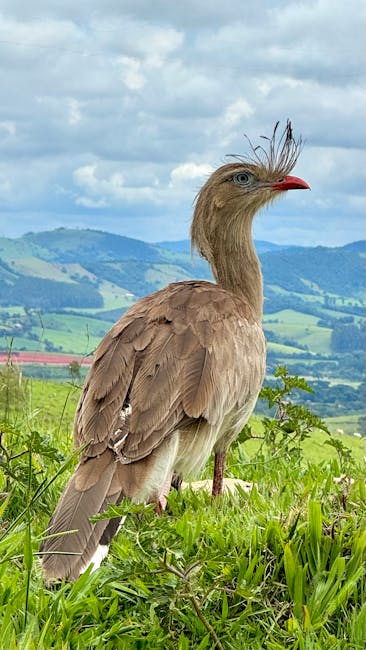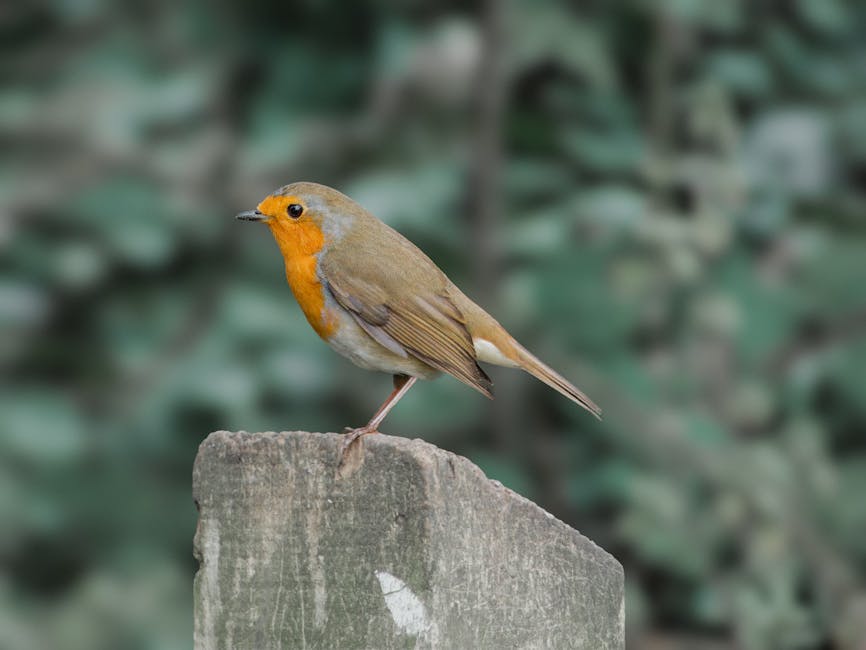Avian Wonders of Eurasia: Unveiling the Gallinaceous Family
Eurasia, a vast landmass encompassing Europe and Asia, boasts an incredible diversity of birdlife. Within this rich tapestry of avian species, the gallinaceous birds stand out, representing a captivating group known for their terrestrial habits, robust bodies, and often, vibrant plumage. This comprehensive guide delves into the fascinating world of Eurasian gallinaceous birds, exploring their unique characteristics, diverse habitats, and ecological significance.
Defining Gallinaceous Birds: Key Characteristics
Gallinaceous birds, belonging to the order Galliformes, share several defining characteristics. They are generally ground-dwelling birds, possessing strong legs and feet adapted for scratching and foraging in the soil. Their diet typically consists of seeds, grains, insects, and other invertebrates. Many species exhibit sexual dimorphism, meaning males and females have distinct appearances, often with males displaying more elaborate plumage for attracting mates. Their flight is typically strong but short-ranged, serving more as a means of escape than long-distance travel.
Notable Eurasian Gallinaceous Bird Families and Species
The Eurasian continent provides habitat for a variety of gallinaceous bird families, each encompassing a unique array of species. Let’s explore some of the most notable ones:
1. Phasianidae (Pheasants and Partridges):
This is arguably the most diverse family of gallinaceous birds in Eurasia. It includes a wide range of species, from the flamboyant pheasants with their iridescent plumage to the more subtly colored partridges, well-camouflaged for their terrestrial lifestyles. Some prominent examples include:
- Common Pheasant (Phasianus colchicus): Widely distributed across Eurasia, renowned for its striking male plumage with iridescent green, copper, and gold tones.
- Ring-necked Pheasant (Phasianus colchicus torquatus): A subspecies of the common pheasant, easily identified by the distinctive white ring around its neck.
- Red Junglefowl (Gallus gallus): Considered the ancestor of domestic chickens, this species is native to Southeast Asia but has established populations in other parts of Eurasia.
- Grey Partridge (Perdix perdix): A common game bird found in agricultural landscapes across Europe and parts of Asia, known for its cryptic coloration.
2. Tetraonidae (Grouse):
Grouse are adapted to colder, more northerly regions of Eurasia. They often inhabit coniferous forests and mountainous terrains. Their plumage is typically well-camouflaged, providing excellent protection against predators. Notable grouse species include:

- Capercaillie (Tetrao urogallus): One of the largest grouse species, found in boreal forests across Eurasia.
- Black Grouse (Tetrao tetrix): Known for its lekking behavior, where males gather in open areas to display and compete for females.
- Hazel Grouse (Tetrastes bonasia): A smaller grouse species inhabiting a variety of forested habitats across Eurasia.
3. Megapodidae (Megapodes):
While less prevalent in Eurasia compared to other regions, some megapode species are found in the tropical and subtropical areas of Southeast Asia. These birds are unique for their unusual breeding strategy, relying on external sources of heat to incubate their eggs.

Ecological Roles and Conservation Status
Eurasian gallinaceous birds play vital roles in their respective ecosystems. They serve as prey for numerous predators, including raptors, foxes, and other carnivores, thus influencing food web dynamics. Seed dispersal and soil disturbance through foraging activities contribute to nutrient cycling and plant community composition. However, many gallinaceous bird species face various conservation challenges, including habitat loss, hunting pressure, and climate change. Conservation efforts are crucial to safeguarding the future of these remarkable birds and the ecosystems they inhabit.
Threats and Conservation Efforts
Several factors threaten the populations of Eurasian gallinaceous birds. Habitat destruction due to deforestation, agricultural expansion, and urbanization is a major concern. Overhunting for food or sport has decimated populations of certain species. The introduction of invasive species, such as predators or competitors, can also significantly impact native gallinaceous birds. Climate change is altering habitats and affecting breeding success. However, various conservation measures are being undertaken to mitigate these threats, including habitat restoration, protected area establishment, hunting regulations, and public awareness campaigns.
Conclusion: Appreciating the Avian Diversity of Eurasia
The gallinaceous birds of Eurasia represent a remarkable group of avian species, showcasing an incredible diversity of forms, behaviors, and adaptations. Their ecological significance is undeniable, and their vibrant presence enriches the biodiversity of the Eurasian continent. Continued research, conservation efforts, and public awareness are essential to ensure the long-term survival of these captivating birds for generations to come. Understanding their unique characteristics and the challenges they face is vital for effective conservation strategies and appreciating the rich natural heritage of Eurasia.


